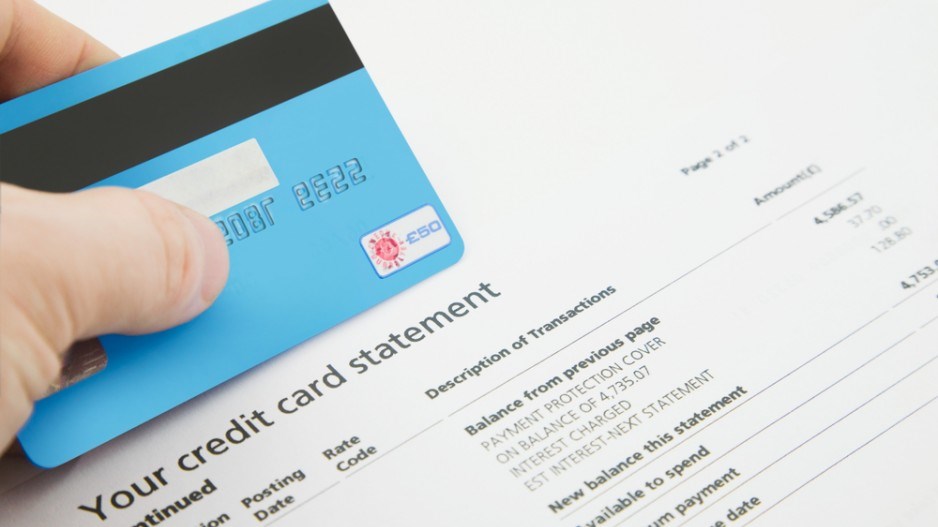Canadians are taking on more mortgage debt, and this is keeping debt-to-income levels near an all-time high, according to Statistics Canada.
The debt-to-income ratio in 2016’s first quarter was 165.3%, which means for every dollar of disposable income, households held $1.65 in debt. This almost the same level as the record high of 165.4% reported at the end of 2015, a figure that StatsCan revised upward from the 163.7% originally reported.
Benjamin Reitzes, senior economist and director of economic research at BMO Capital Markets, warned against reading too much into the fact there was a decline.
“Don’t let the improvement fool you though, as the ratio usually falls in the first quarter, and the 13 basis-point decline is the smallest Q1 drop in seven years,” Reitzes said in a note to investors. “The persistent strength in the country’s two biggest housing markets, Vancouver and Toronto—more generally B.C. and Ontario—are driving continued debt buildup.”
A 6.2% surge in the value of real estate assets was behind a 1.2% increase in household net worth in the quarter. However, household mortgage credit grew 6.5% year-over-year, compared with a 3% increase in other debt, which includes consumer credit and non-mortgage loans.
The value of other assets increased a more modest 2.3%.
The homeowner’s equity ratio, which measures total owner’s equity as a percentage of real estate, grew to 73.7% from 73.4% last quarter.
In a note to investors, TD Economics’ Diana Petramala said there is increasing risk that soaring home prices will promote a deeper accumulation of debt.
“The fear of missing out, referred to as ‘FOMO,’ is a developing trend amongst first-time homebuyers who may choose to jump into the market despite the high prices rather than risking being priced out in the future,” she said.
Petramala said TD expects the debt-to-income ratio to continue to grow throughout 2016.
@EmmaHampelBIV




